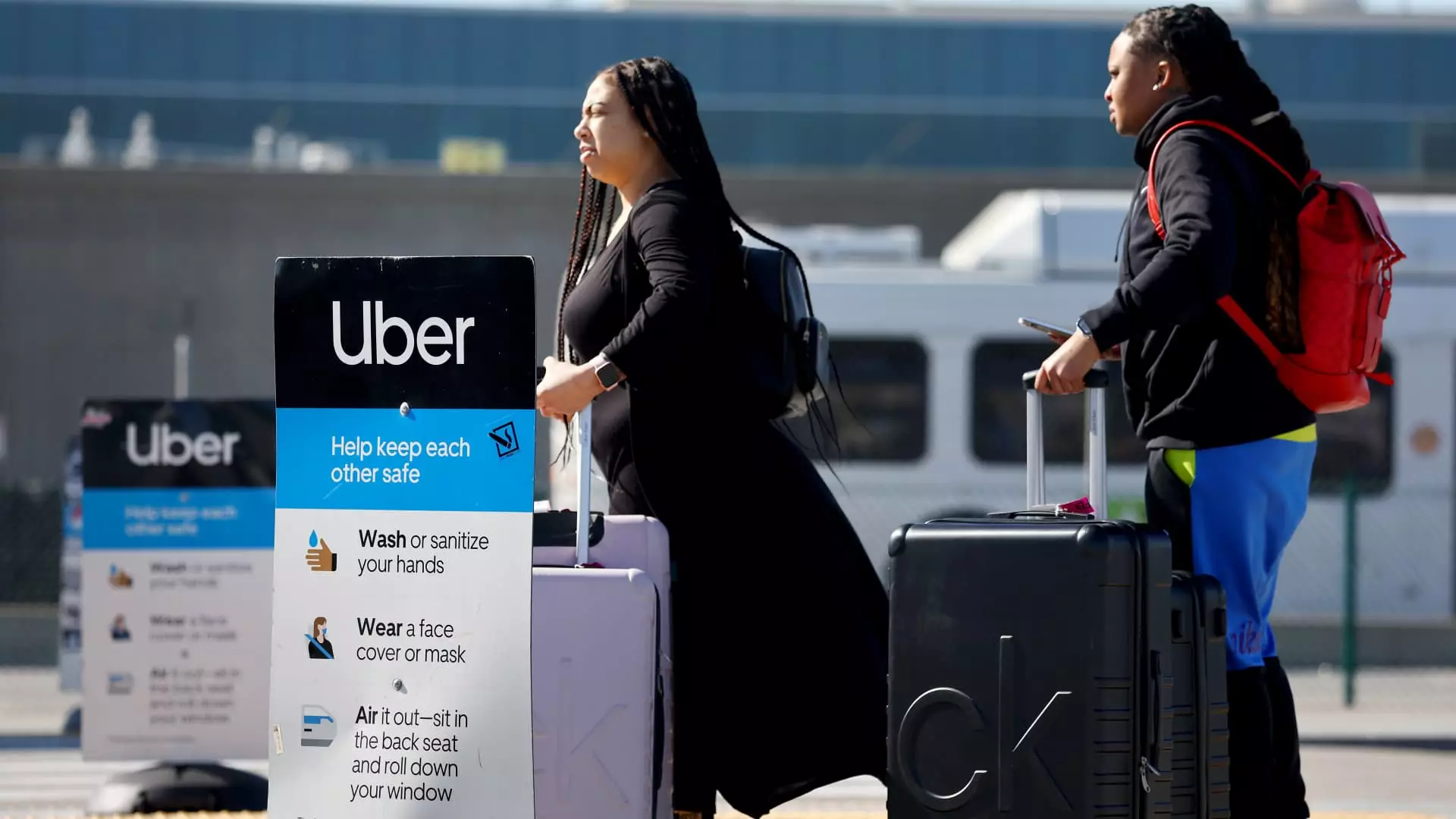In an era where customer loyalty is paramount, Delta Air Lines’ recent announcement to partner with Uber marks a significant pivot in its strategy for enhancing customer experience and engagement. This switch from Lyft to Uber comes after an eight-year collaboration with the smaller ride-hailing company, signaling Delta’s intent to align itself with a more dominant player in the transportation sector. This article will delve into the implications of this partnership, the mechanics of the rewards system, and the broader trends influencing loyalty programs in the airline industry.
With the integration of Uber into its SkyMiles loyalty program, Delta members can now accrue miles at varying rates depending on the type of Uber service utilized. Specifically, passengers can earn one mile for every dollar spent on UberX rides to the airport, two miles for premium ride options like Uber Comfort and Uber Black, and three miles for Uber Reserve trips. Moreover, this partnership extends to Uber Eats, where customers can earn one mile per dollar spent on orders exceeding $40. This detailed structure not only incentivizes Delta travelers to utilize Uber but also enhances the overall value proposition of the SkyMiles program.
Additionally, the transitional phase for existing Lyft users who have yet linked their accounts to Delta will last until April 7, 2024. They are assured of communication regarding the changes, emphasizing an organized shift for consumers. This strategy aims to ease the transition and retain customer loyalty during this strategic shift.
While Delta has not publicly disclosed the specific reasons for the termination of its partnership with Lyft, several underlying factors could elucidate this strategic move. Uber boasts a far broader user base and service offerings compared to Lyft, including a significant presence in food delivery, freight, and private ride-sharing services. As of the end of September 2023, Uber enjoyed 161 million monthly active users, starkly contrasting with Lyft’s 24.4 million. This wide reach means more opportunities for Delta’s SkyMiles members to earn miles, which is a critical factor in enhancing customer satisfaction.
Furthermore, the relationship between Delta and Uber can be viewed through the lens of Delta’s ongoing partnership with American Express, which provides cardholders with Uber credits for rides and food delivery. This interconnectedness suggests a strategic alignment that could yield increased loyalty revenue. Analysts project that Delta could earn around $7 billion from the American Express collaboration in 2024, contributing to a long-term objective of $10 billion annually.
Delta’s move mirrors a wider trend among airlines striving to innovate their frequent flyer programs. As air travel demand rebounds post-pandemic, creating synergies with other service sectors is a critical pathway for airlines to generate additional revenue streams. By aligning with Uber, Delta taps into a consumer base that increasingly prioritizes seamless integration across travel modalities. This emphasis on partnerships extends further, as observed through Delta’s relationships with other major brands including Starbucks and Hertz, reflecting a holistic approach to consumer loyalty.
Moreover, the travel experience is undergoing transformation as new technologies emerge. Delta’s recent announcement at the CES tech show regarding an AI-powered assistant in its app and enhancements to its in-flight entertainment indicates a direction where technology becomes a key driver of customer engagement. This synergy between upgraded technological solutions and loyalty programs will likely cement Delta’s status in an increasingly competitive airline market.
Delta Air Lines’ partnership with Uber represents a strategic recalibration of its loyalty program, aiming to enhance customer experience through a more influential partner in ride-hailing services. As airlines continue to adapt to changing consumer behaviors, the agility exhibited by Delta emphasizes a proactive approach to sustaining loyalty and generating revenue. The success of this partnership will depend on the airlines’ continued ability to innovate and offer compelling value propositions to consumers, ultimately shaping the future landscape of airline loyalty programs.

